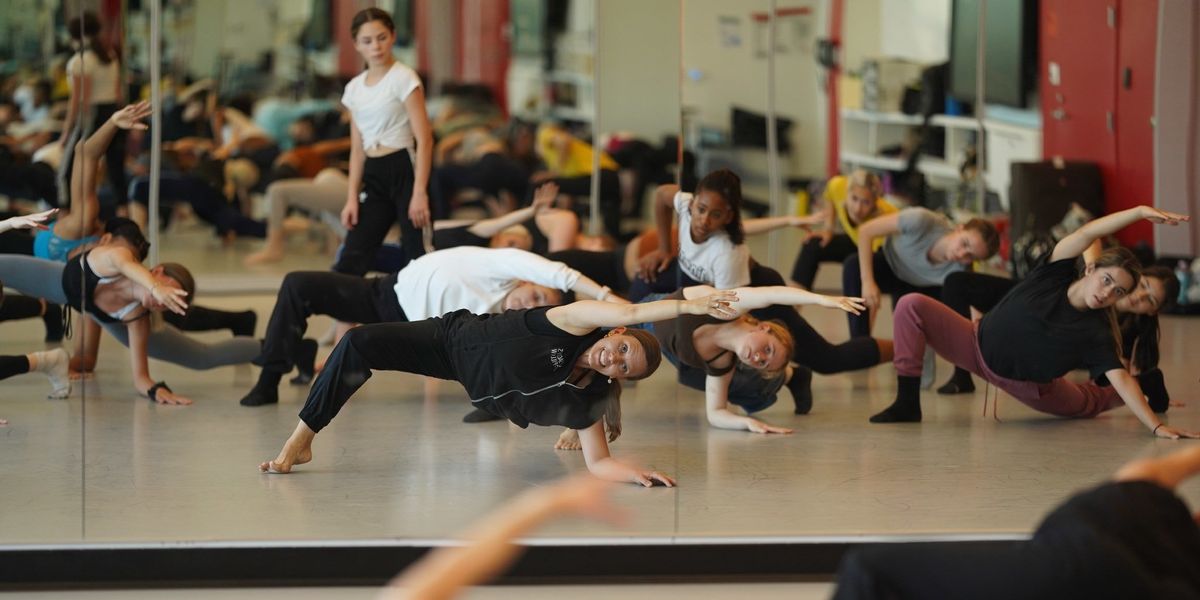6 Tips for 2020 Grads Trying to Make It in Dance Right Now
For 2020 grads emerging from school in the wake of COVID-19, the future can feel daunting. Although the dance industry is always difficult to break into, this year unemployment has reached record levels, and chances to perform have almost completely dried up. But even though it seems like opportunities are few, there are proactive steps that graduates can take to launch their careers.
Build Your Personal Network
Finding work is most often about the people you know and the connections you’ve made. Fostering these relationships can open you up to new possibilities.
Lillian Rose Barbeito, co-artistic director of BODYTRAFFIC and faculty member at Loyola Marymount University, recommends compiling a spreadsheet of all of your past and present connections. Start either in chronological order or by subject and list each person, including their contact information and your relationship to them, she says. “Look at who have been your biggest influences and reach out to them.”
Barbeito encourages dancers to acknowledge and thank their contacts, and to maintain an ongoing relationship with them before asking for job opportunities. “Get interested in what they’re up to in their world,” she says. “Then perhaps on the third or fourth correspondence make yourself available for performance, teaching, choreography or coaching.”
Turn to Your Hometown Community
As campuses closed, many students were forced to move back in with family. While it may seem like a setback, Jodie Gates, vice dean and artistic director of the University of Southern California Glorya Kaufman School of Dance, recommends using existing connections in your hometown to see if there are any areas of need you can fill with your dance training. “For example, studios need help with their online programming,” she says. “They need help with coaching or creating solos for students going out to competitions and auditioning for college programs.”
Think Outside Your Specialty
Gates urges dancers to consider each course they’ve taken, even those outside their major. “Realize you are incredibly equipped for other opportunities,” she says. Consider assisting a physical therapist, editing films or teaching at a local studio via video streaming.
The skills you’ve cultivated as a dancer have value beyond the stage. “Dancers are creative problem solvers,” says Garfield Lemonius, chair of dance at Point Park University. “We see different ways to solve problems in movement. All of those ideas can be applied to many things throughout the job market.”

Raunak Kapoor, Courtesy UNCSA
Keep Creating
While you’re waiting for that first job, keep creating. Lemonius recommends getting out of your house or apartment—safely—and doing an improv somewhere outdoors. Kira Blazek Ziaii, assistant professor of contemporary dance at the University of North Carolina School of the Arts, adds that, even with an increased focus on technology, it’s important to unplug and stay in touch with your body. Take time to reflect on why you dance and remember that your dedication to the form is a career asset in itself.
Take a Breath
It’s tempting to jump into the job search right away. But take a moment to be proud of the work that went into your degree. “Currently there are no auditions happening. Nobody is missing out on an extraordinary opportunity,” says USC’s Jodie Gates. “It’s okay to pause until we know what the landscape will look like after this pandemic.”
Develop Your Tech Skills
With in-person performances mostly on hold, most creative opportunities have moved online, so it’s worth brushing up on your dance-on-camera skills. These days, it’s even possible to land a paid gig that is fully virtual. Kira Blazek Ziaii, who helped UNCSA grads adapt their senior solos for film, offers these tips:
- For beginners, Blazek Ziaii recommends simplicity. “There are a lot of low-tech ways to make your own video work and have a unique signature to it,” she says. A smartphone and a simple video-editing app are great places to start.
- As you’re developing your skills, online tutorials can help you learn everything from cut styles to camera angles.
- Watch dance films to educate yourself on the history of the form, and to see how simple techniques have been used to create visceral experiences. Blazek Ziaii suggests starting with Anne Teresa de Keersmaeker’s Rosas danst Rosas, Anne Van den Broek’s The Co(te)lette Film or the work of DV8 Physical Theatre.





